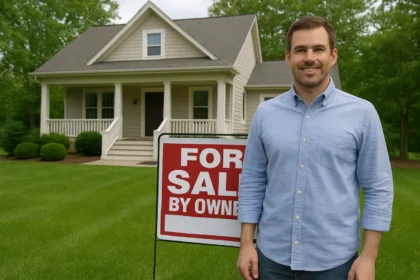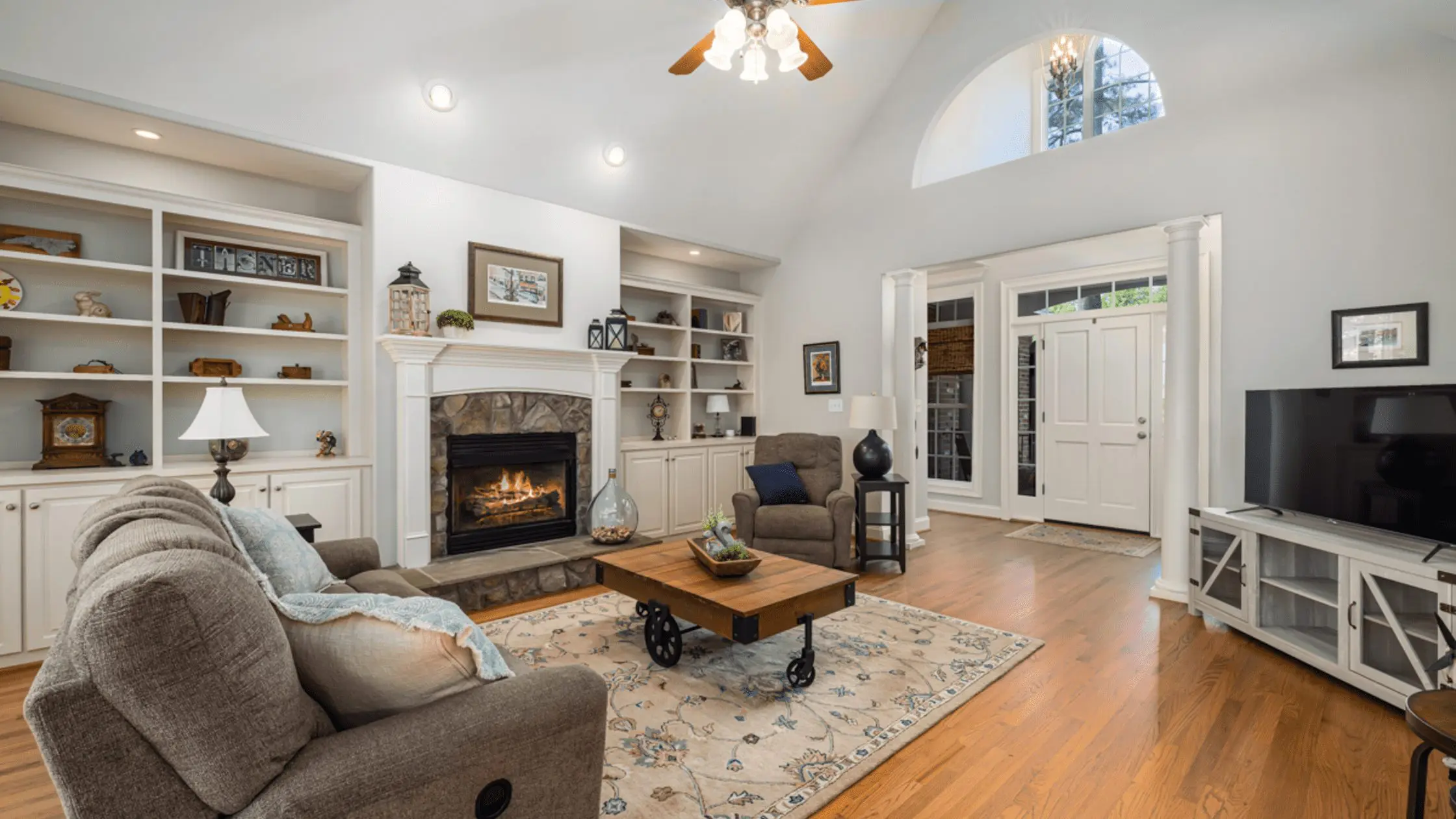
When it comes to selling a home, the listing price is one of the most critical decisions a seller will make. This pivotal choice sets the tone for the entire selling process, determining how potential buyers perceive the property and influencing the speed and profitability of the sale. Pricing too high might deter serious offers, while pricing too low risks leaving money on the table. The science behind setting the perfect listing price combines market analysis, psychological insights, and strategic timing. Sellers who understand these principles can maximize their chances of a successful transaction.
Understanding how to determine the perfect listing price requires more than guesswork or intuition. It involves evaluating market conditions, studying comparable sales, and considering buyer psychology. A well-calculated price can position a property competitively, attract the right buyers, and ensure the seller achieves their financial goals. By exploring these factors in depth, this article aims to equip homeowners and real estate agents with actionable strategies for setting the perfect price.
The significance of a thoughtful pricing strategy cannot be overstated. Beyond attracting potential buyers, the right price fosters a sense of trust and confidence. Buyers are less likely to negotiate aggressively if the listing price aligns with market realities. Moreover, a properly priced home tends to sell faster, reducing the costs and emotional strain associated with a prolonged listing. This article will explore the multifaceted science behind pricing a home, offering a comprehensive guide to achieving the best possible outcome.
The Foundation: Understanding Market Comparables (Comps)
One of the first steps in setting a listing price is analyzing market comparables, or “comps.” Comps are recently sold properties similar in location, size, and features to the property being listed. This data provides an invaluable baseline for understanding what buyers are willing to pay for similar homes.
Key Elements of Comps Analysis:
- Location: Comparable properties should be within the same neighborhood or area, as proximity affects desirability and market trends.
- Size and Layout: The square footage, number of bedrooms, and bathrooms significantly influence a property’s value.
- Features and Upgrades: Special features like a renovated kitchen, swimming pool, or energy-efficient appliances add value.
- Date of Sale: The most reliable comps are those sold within the past three to six months, as market conditions can change rapidly.
A professional real estate agent or appraiser often uses tools like MLS (Multiple Listing Service) databases to conduct a thorough comps analysis. Sellers can also benefit from studying online real estate platforms, which offer insights into current listings and recently sold homes.
Psychological Pricing Strategies
Pricing a home is not just about numbers; it also involves understanding how buyers think and react to prices. Psychological pricing taps into buyer behavior and can significantly influence the perceived value of a property.
Effective Psychological Pricing Techniques:
- Charm Pricing: Listing a home at $499,000 instead of $500,000 creates the perception of a better deal, even though the difference is minimal.
- Anchoring: Setting a slightly higher initial price can make subsequent price reductions seem more appealing, encouraging buyers to act.
- Even vs. Odd Pricing: While odd pricing is common for smaller consumer goods, even pricing—such as $600,000 instead of $599,999—conveys a sense of stability and luxury.
- Price Bracketing: Positioning the price to fall within popular search brackets on real estate websites ensures higher visibility. For example, listing at $500,000 ensures the property appears in searches for homes ranging from $500,000 to $550,000.
The Role of Timing in Setting the Price
Timing is another crucial factor that affects the success of a home sale. Market trends, seasonality, and economic conditions all play a role in determining when to list and at what price.
Seasonal Trends:
- Spring and Early Summer: Historically, these are the best times to sell, as buyer activity peaks.
- Fall and Winter: While these months see fewer buyers, they often attract serious ones. Pricing slightly more competitively during off-peak seasons can yield quicker sales.
Economic and Market Conditions:
- Seller’s Market: When demand exceeds supply, sellers can price more aggressively.
- Buyer’s Market: In markets with abundant inventory, pricing competitively is essential to stand out.
Tools and Technology for Pricing
Modern technology has revolutionized the way listing prices are set. Advanced tools can provide detailed insights that were once accessible only to industry professionals.
Popular Pricing Tools:
| Tool/Method | Features | Benefits |
|---|---|---|
| Automated Valuation Models (AVMs) | Uses algorithms and data analytics to estimate property values. | Quick and convenient estimates. |
| CMA (Comparative Market Analysis) | Performed by real estate agents using MLS data. | Provides a detailed and professional pricing report. |
| Online Platforms | Websites like Zillow and Redfin offer price estimates and comps. | User-friendly and accessible to everyone. |
While these tools are helpful, they should complement—not replace—expert advice from a qualified real estate professional.
Benefits of Setting the Perfect Listing Price
Setting the right price comes with numerous advantages, both for the seller and the buyer. Below are some of the key benefits:
For Sellers:
- Attracting Serious Buyers: A well-priced property garners more attention and inquiries.
- Faster Sales: Homes priced correctly tend to spend less time on the market.
- Higher Offers: Competitive pricing can lead to bidding wars, driving up the final sale price.
For Buyers:
- Transparency: A fair price builds trust and confidence.
- Reduced Negotiation Stress: Buyers are less likely to feel the need to haggle aggressively.
Common Pitfalls to Avoid
Even with careful planning, sellers can make mistakes that undermine their pricing strategy. Here are common pitfalls and how to avoid them:
- Overpricing: This leads to prolonged listings and potential price reductions, which can stigmatize the property.
- Underpricing: While it may attract more buyers, undervaluing a home risks financial loss.
- Ignoring Feedback: Buyer and agent feedback during showings provides valuable insights for adjusting the price if needed.
Conclusion
The art and science of setting the perfect listing price are essential skills for any homeowner or real estate professional aiming for a successful sale. A well-thought-out pricing strategy can make the difference between a quick, lucrative transaction and a drawn-out, stressful process. Starting with a solid understanding of market comps, leveraging psychological pricing techniques, and considering timing and technological tools are all crucial steps in crafting an effective pricing plan.
Ultimately, setting the right price is about balance—aligning market realities with the seller’s goals and buyer expectations. By avoiding common pitfalls and staying informed about market trends, sellers can maximize their outcomes. Whether you’re preparing to sell your home or looking for expert guidance, understanding the science behind pricing will ensure you’re positioned for success.
For those ready to take the next step, consulting with a real estate professional or using advanced pricing tools can provide the clarity and confidence needed to achieve your goals. With the right approach, you can turn your property into a sought-after listing that attracts offers and meets—or even exceeds—your expectations.






